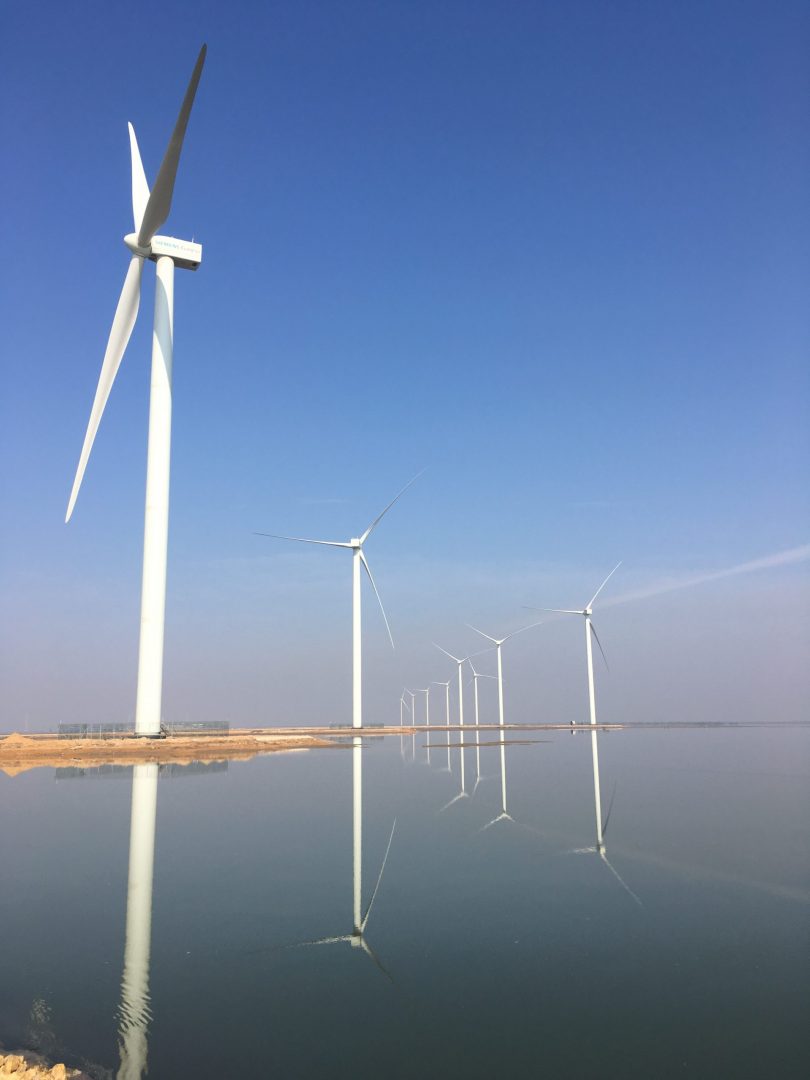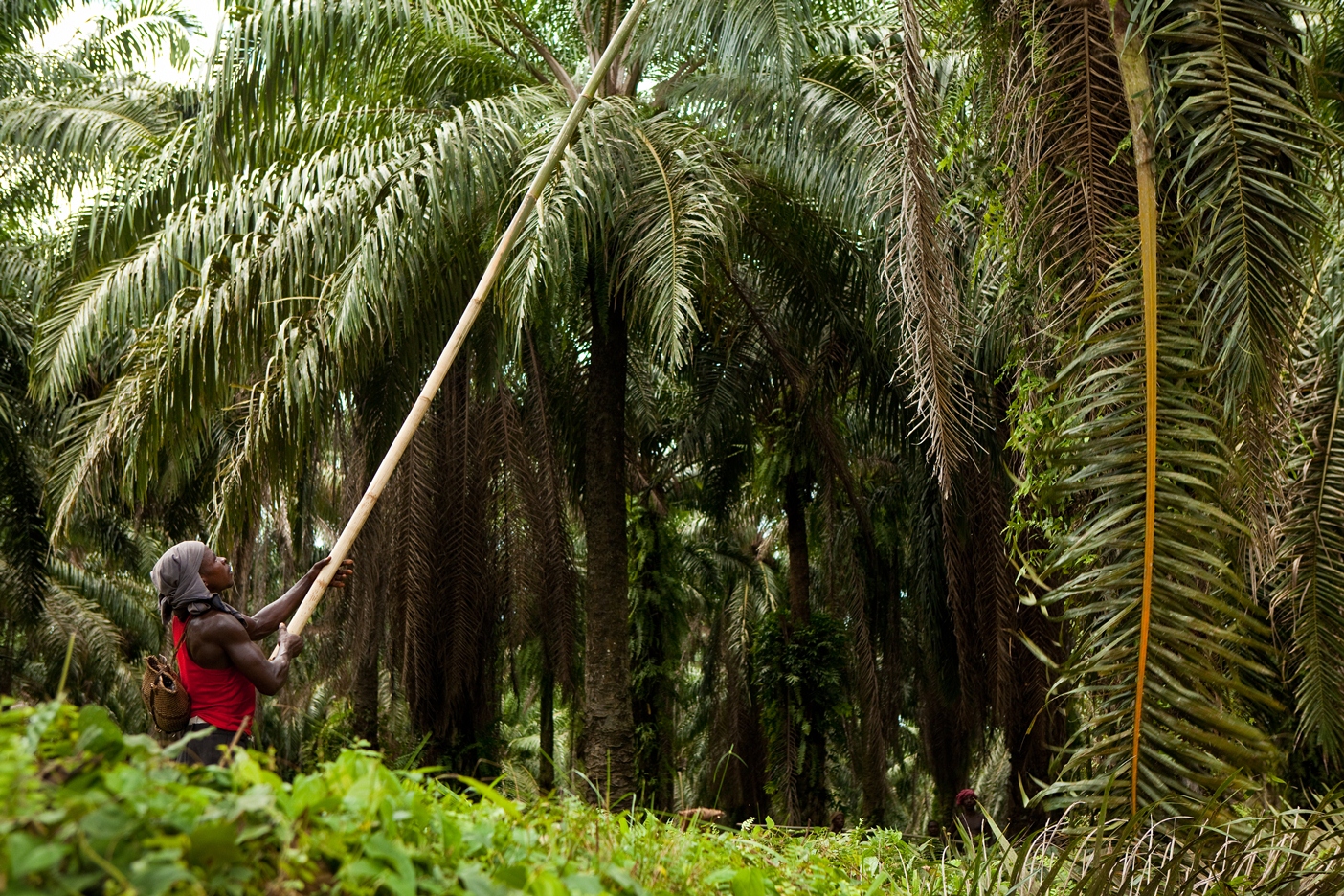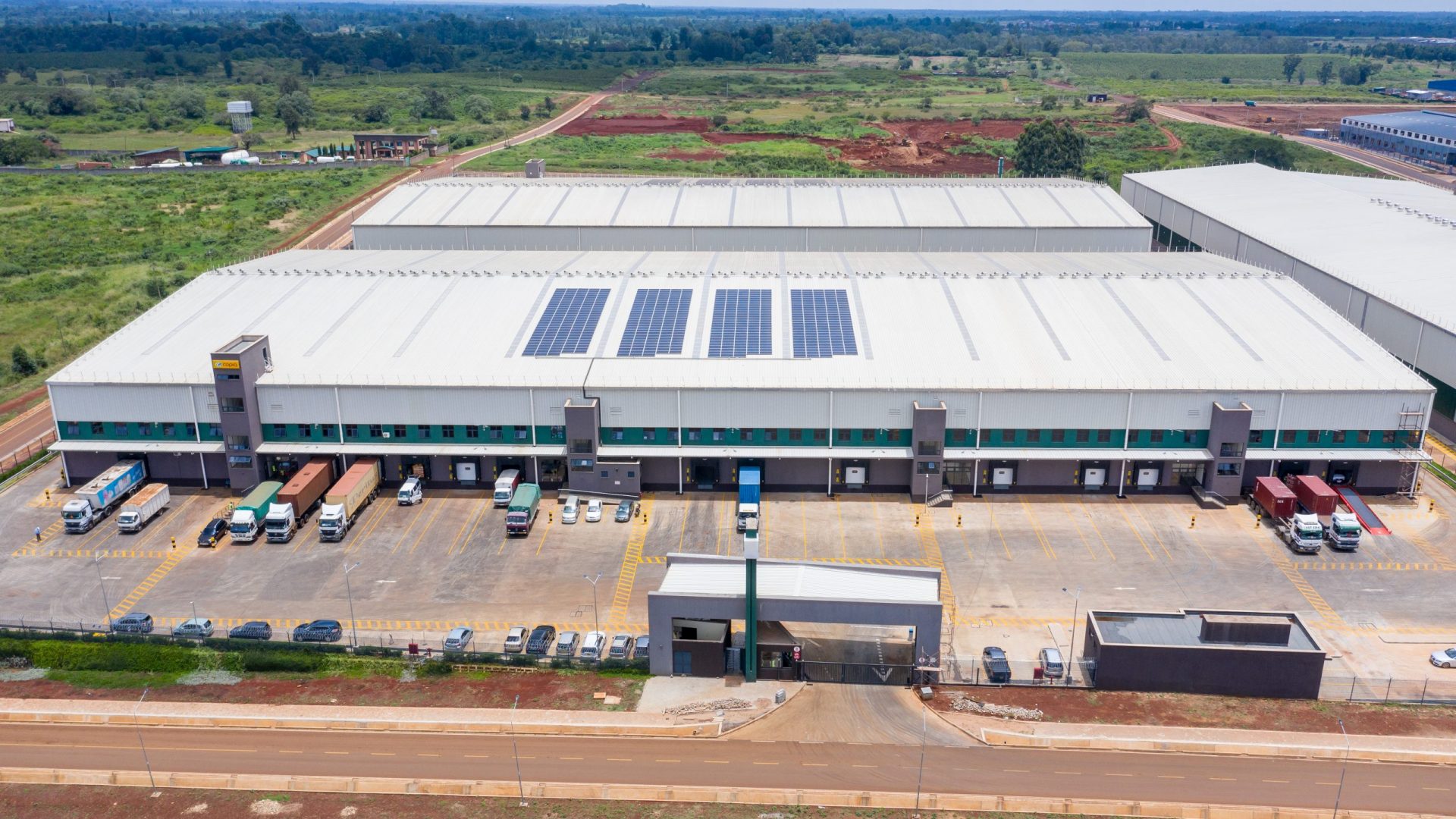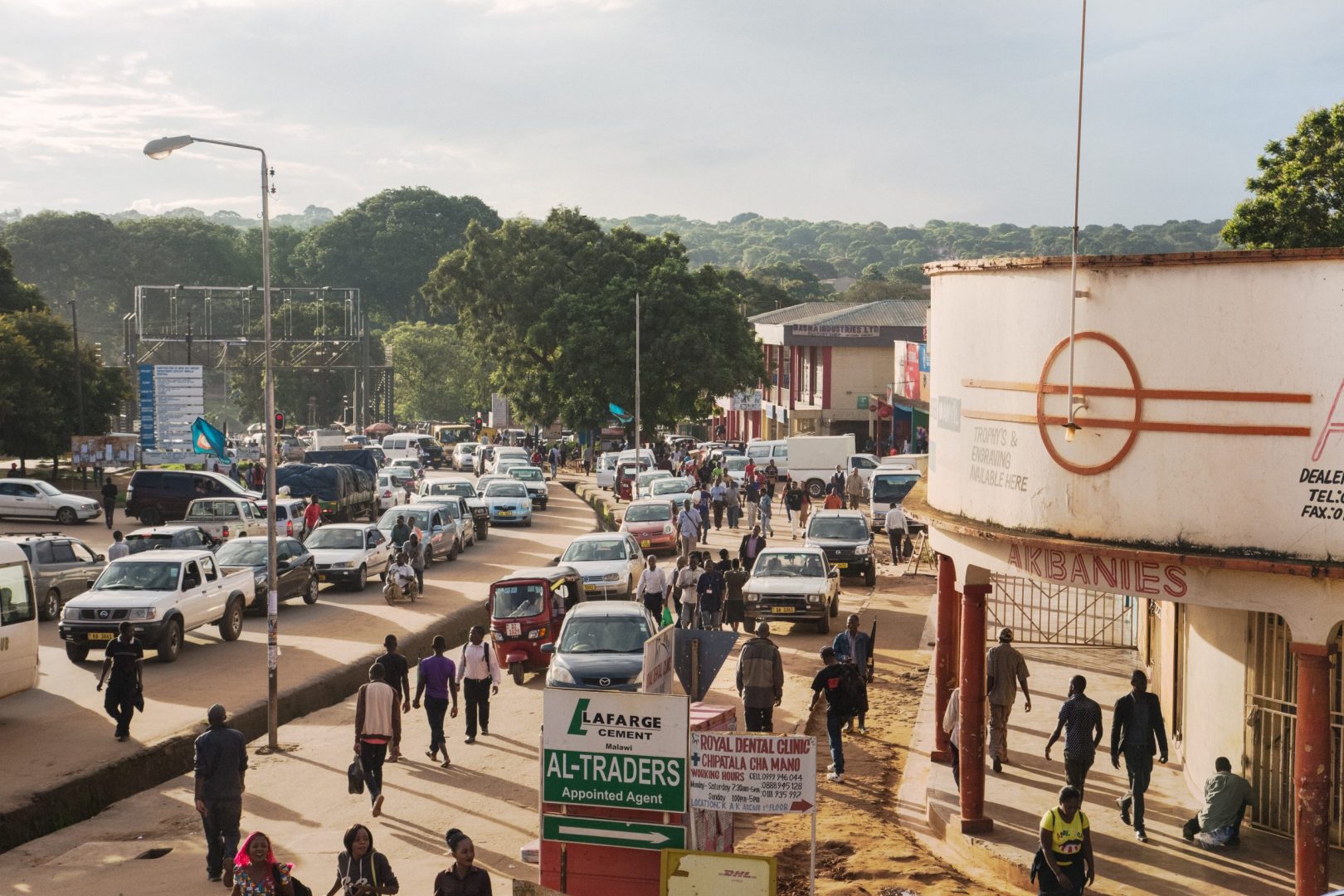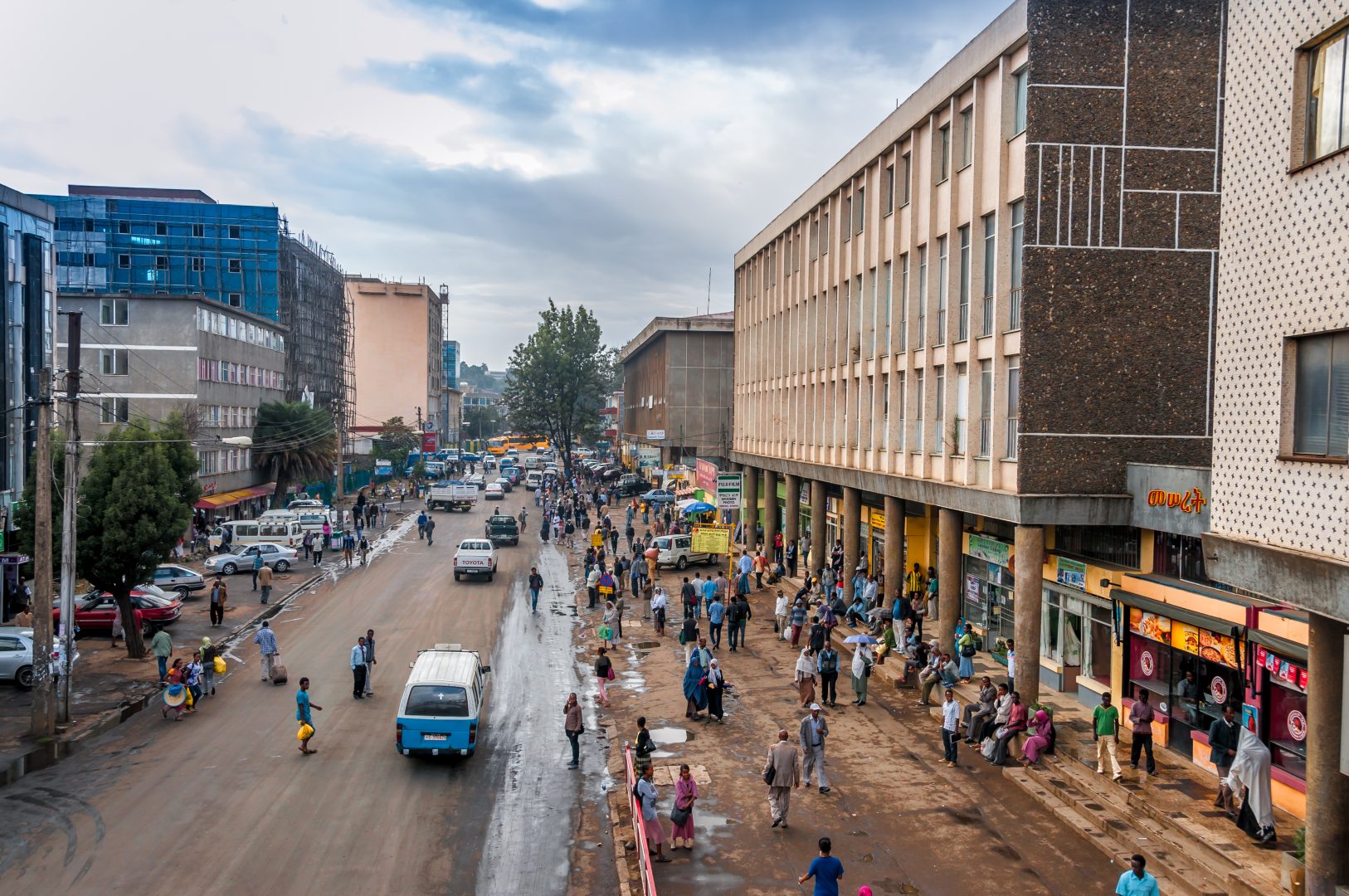Building back better: investing in clean and inclusive growth in the era of COVID-19
The Paris Agreement and the Sustainable Development Goals (SDGs) are urgent calls to action to all countries to end poverty, improve health and education, spur economic growth and tackle climate change. Development Finance Institutions (DFIs) have a responsibility to lead and accelerate efforts to meet them both. Now, in the midst of a global pandemic, how are they doing that?
read
In July, CDC announced its new climate change strategy: a plan to achieve net zero emissions across its portfolio by 2050 in support of the Paris Agreement. Its new approach will see a climate lens placed over every sector in which it invests, to ensure that the companies it supports can reduce emissions and adapt to become more resilient to climate shocks.
To explore what that means on the ground for individual sectors, the launch event for CDC’s new climate strategy brought together five experts for a deep dive on investing in clean and inclusive growth within the energy sector.
Damilola Ogunbiyi is Special Representative and CEO of Sustainable Energy for All (SEforALL) and Co-Chair of United Nations-Energy. SEforALL is an international organisation working with leaders in government, the private sector and civil society to drive further, faster action toward SDG 7, which calls for universal access to sustainable energy by 2030.
As the first woman to be appointed as Managing Director of the Nigerian Rural Electrification Agency, and the person responsible for implementing the Nigerian Off Grid Electrification Programme, there was perhaps no better person to kick off the conversation.
According to Damilola, 789 million people still don’t have access to basic electricity, and 900 million don’t have a hygienic environment to cook in. “Universal access is key to everything we want to achieve. Not having access to energy has so many effects on women, including issues around gender-based violence.” Because renewable energy would open up access to energy, the two issues converge: “The access to energy story is also a renewable energy story,” she says.
She believes that the COVID-19 pandemic has brought the climate and renewable energy conversation “a lot closer.” It’s allowed her—and other global sustainable energy leaders— to re-set what it means to have sustainable energy for all. “We’re making sure we can utilise clean energy for the advantage of the African continent,” she says.
“Organisations like CDC are looking at their intentions and their plans within all their countries, and for the first time in my career I’m listening to [country] leaders saying that they want to do things better, asking how they can recover better and watching them try to find their transitional paths.”
Kumayl Khaleeli is one person helping his home country of Pakistan find its transitional path with his pioneering wind power project, Zephyr Power. “Wind power has become competitive over the last five years, so we’ve seen significant improvements in technology that tie into the resources that we actually have in Pakistan. So not only has technology improved but also there’s been a significant reduction in pricing of that technology. Efficiencies along the pricing have resulted in improvement, and reduction in pricing has resulted in a significant decrease in the cost of electricity from renewables.”
As a CDC investee, Kumayl and his team at Zephyr have benefitted from direct interaction with CDC’s investment teams and the Environmental, Social and Governance (ESG) side too, he says. Srini Nagarajan, Managing Director and Head of Asia at CDC, says Zephyr is part of CDC’s growing portfolio of renewable energy projects across Pakistan and South Asia.
“We continue to actively look at opportunities in Pakistan”, says Srini. “We’ve supported three wind opportunities which add up to 150 megawatts of capacity and we’re looking at more and more active solar and wind energy opportunities in the region.”
For him, the objective is to bring down the cost of energy for the country while also reducing the reliance on imported fuel, and perhaps most importantly, carbon emissions. “This has to happen alongside strengthening decentralised renewable energy solutions like solar home systems, and commercial and industrial mini-grids and energy storage solutions,” he says.
Damilola is also excited about the potential of mini-grids for serving communities in Africa, and says that there’s a real opportunity for private sector investment to make it happen. “If you give the private sector good data and information on where the communities are, the affordability to pay ratio and allow them to set tariffs in terms of willing buyer, willing seller, and have the regulation to drive private growth, then that’s what you would get,” she says.
“A lot of governments have now absorbed the fact that they need the private sector to come in and execute this in their countries. Governments want to see jobs and they want to see GDP. If they can make those jobs green jobs, we can have a green recovery from COVID-19.”
The economic growth side of the equation is equally important to Amal-Lee Amin, Climate Change Director at CDC. The markets in the regions where CDC works are already feeling the impact of climate change. “It may make certain economic activities just not viable in the future,” she says.
“We’re looking to invest more in the types of business solutions and services that can provide what is needed for countries to deliver on adaptation plans and for sectors to become resilient to climate impacts. We will need to do more, particularly when focusing on infrastructure that are long-lived assets, because the climate impacts are still very uncertain. We don’t yet know what temperature rise we’re headed towards.
“Our new Climate Strategy commits us to net zero emissions by 2050, as needed globally to limit temperature rise to 1.5 degrees. Staying within this limit would avoid some of the most catastrophic impacts of climate change, but from a risk management perspective we need to think ahead and understand what the science is telling us about what the different impacts may be under higher levels of temperature rise.”
While the shift to renewable energy is crucial if the world is reach net zero emissions by 2050, Amal-Lee wants to make it clear that conquering climate change will take sustained and consistent effort across all sectors.
“From food and agriculture to sustainable forestry and wider use of nature-based solutions, to manufacturing and construction, transformational action is required. CDC will invest in the opportunities and shape the markets needed to support countries to transition to zero emissions, ensuring the process is socially just and resilient to climate risks and impacts.”
Damilola wants to emphasise to organisations like CDC that to reach the SDGs, investments are urgently needed. “Through a lot of work, and with a lot of data, we’re getting there, and we are influencing governments and shaping regulation, but the clock is ticking.”
The COVID-19 crisis has strengthened CDC’s resolve to support the 1,200 companies they invest in. “Unfortunately the poorest people are also the most vulnerable to climate change,” says Srini. “We’ve made progress, but a lot needs to be done across policy, investment and implementation. I’m very proud that CDC is part of the journey.”
This article is based on discussions at our recent event ‘Creating decent work and generating economic growth’, part of a series of online events to mark the publication of our 2019 Annual Review. Catch up on the event recording and read our 2019 Annual Review: Towards a decade of action.

